

- RFQ
- BOM
-
Contact Us
Tel: +86-0755-83501315
Email: sales@sic-components.com
- Chinese
- English
- French
- German
- Portuguese
- Spanish
- Russian
- Japanese
- Korean
- Arabic
- Irish
- Greek
- Turkish
- Italian
- Danish
- Romanian
- Indonesian
- Czech
- Afrikaans
- Swedish
- Polish
- Basque
- Catalan
- Esperanto
- Hindi
- Lao
- Albanian
- Amharic
- Armenian
- Azerbaijani
- Belarusian
- Bengali
- Bosnian
- Bulgarian
- Cebuano
- Chichewa
- Corsican
- Croatian
- Dutch
- Estonian
- Filipino
- Finnish
- Frisian
- Galician
- Georgian
- Gujarati
- Haitian
- Hausa
- Hawaiian
- Hebrew
- Hmong
- Hungarian
- Icelandic
- Igbo
- Javanese
- Kannada
- Kazakh
- Khmer
- Kurdish
- Kyrgyz
- Latin
- Latvian
- Lithuanian
- Luxembou..
- Macedonian
- Malagasy
- Malay
- Malayalam
- Maltese
- Maori
- Marathi
- Mongolian
- Burmese
- Nepali
- Norwegian
- Pashto
- Persian
- Punjabi
- Serbian
- Sesotho
- Sinhala
- Slovak
- Slovenian
- Somali
- Samoan
- Scots Gaelic
- Shona
- Sindhi
- Sundanese
- Swahili
- Tajik
- Tamil
- Telugu
- Thai
- Ukrainian
- Urdu
- Uzbek
- Vietnamese
- Welsh
- Xhosa
- Yiddish
- Yoruba
- Zulu
- Kinyarwanda
- Tatar
- Oriya
- Turkmen
- Uyghur
Blood Pressure Monitor Amplifiers
Honestly, the amplifier in a blood pressure monitor is really the key to ensuring accurate measurements. Think about it: blood pressure sensors—whether piezoresistive or capacitive—convert the pressure of blood flow into electrical signals, but those signals are incredibly weak, maybe just a few microvolts to millivolts. Without an amplifier to boost them, the subsequent ADC or microcontroller can’t make sense of them, let alone calculate an accurate blood pressure. So the amplifier’s job is to amplify those weak signals to a usable level, while introducing as little noise as possible.
There are a few common types of amplifiers. Instrumentation amps are definitely the top choice; they’re basically built for this kind of work. They specialize in amplifying differential signals—the ones directly related to blood pressure in the sensor—while suppressing common-mode noise (like power supply hum or ambient electromagnetic interference). Their CMRR (Common-Mode Rejection Ratio) is usually incredibly high, keeping the signal nice and clean. Take the AD620, for example: its nonlinear error is only 40ppm, offset voltage as low as 50µV, and temperature drift just 0.6µV/°C—precision-wise, it’s totally on point. Adjusting the gain is easy too; just one external resistor, and you can set it anywhere from 1 to 10,000—super flexible. Then there’s the AD621, with fixed gains of 10 and 100. It has ultra-low power consumption, drawing a maximum of 1.3mA, which makes it perfect for battery-powered home blood pressure monitors.
Operational amplifiers (op-amps) can work too, but they’re more of a hassle. They need to be configured as differential amplifiers, and their CMRR is lower than instrumentation amps, making them more prone to noise interference. Setting the gain also relies on resistor ratios, and if those resistors don’t match well, errors pop up right away. So unless it’s a really simple design, op-amps aren’t usually the first choice.
Then there are chopper-stabilized amps, which are for scenarios demanding extreme precision. Like long-term monitoring or ICU equipment—even a tiny drift in the amplifier’s offset voltage can ruin the data. They use this “chopping” technique, constantly switching the input signal and internal circuitry to cancel out offset voltage, resulting in super stable output. In research or high-precision medical devices, these things are total game-changers.
When choosing an amplifier, there are a few things to keep an eye on. The gain has to be sufficient—since the sensor signal is so small, it needs to be amplified to a range the ADC can recognize, like 0-5V. Some amplifiers let you adjust the gain, which is handy for different sensors. Offset voltage and drift also need to be low; otherwise, the blood pressure readings will fluctuate wildly—who’d trust that? Ones with just a few microvolts of offset and drift under 1µV/°C are the ones you can rely on.
Input impedance needs to be high too, otherwise the amplifier will “steal” current from the sensor, messing up the signal. Blood pressure sensors are delicate enough as it is, with weak signals—they can’t handle that. High input impedance ensures the amplifier receives the signal exactly as the sensor outputs it.
These amplifiers have a wide range of applications. Hospital monitors, especially those used in ICUs or during surgery, depend on them to ensure accurate blood pressure readings, so doctors can judge a patient’s condition promptly. Home blood pressure monitors are super popular now; their amplifiers need to be energy-efficient and affordable, but precision can’t be compromised. That way, regular people can get reliable readings at home, catching blood pressure issues early. And in cardiovascular research, high-precision amplifiers are a must—accurate data is what makes research meaningful.
Honestly, even though this amplifier is small and easy to overlook, it directly affects how well and how accurately a blood pressure monitor works. As technology gets better, amplifiers are becoming more powerful. Maybe one day the precision gap between home and hospital devices will narrow—that would be a great thing for health management.
https://www.sic-components.com/

Hot Products
View MoreRelated Blogs

2000+
Daily average RFQ Volume

30,000,000
Standard Product Unit

2800+
Worldwide Manufacturers

15,000 m2
In-stock Warehouse





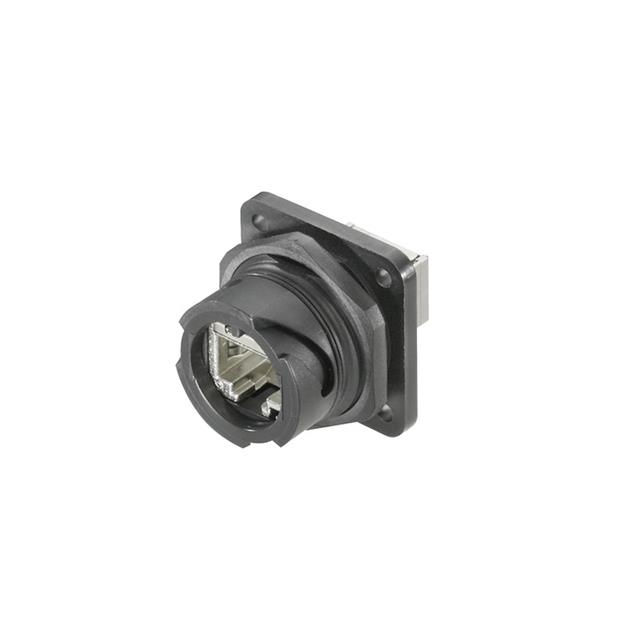

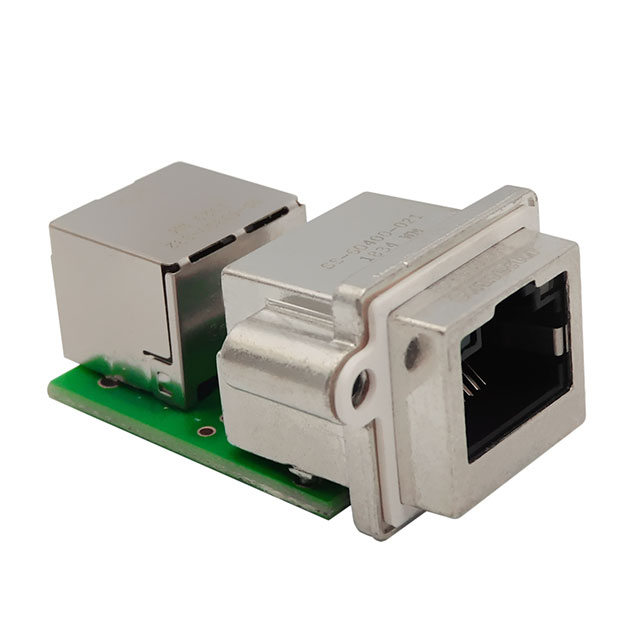




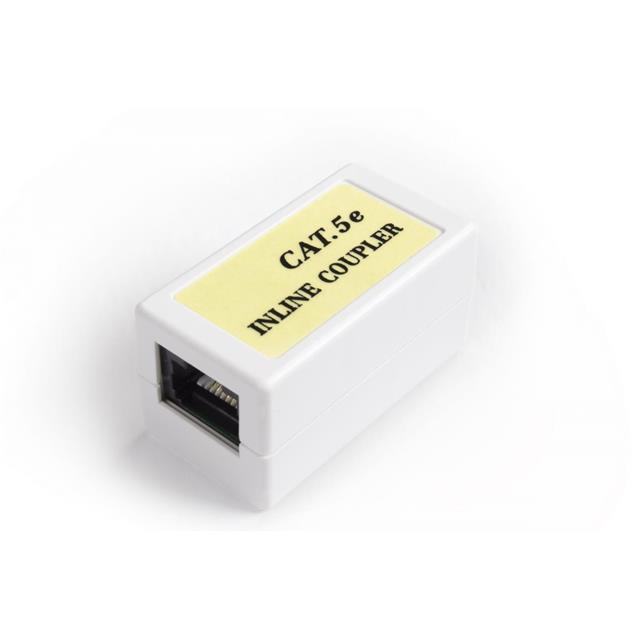


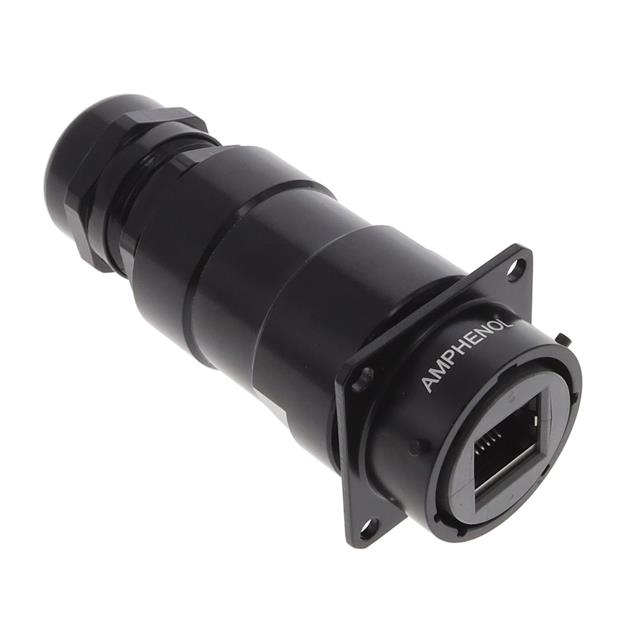
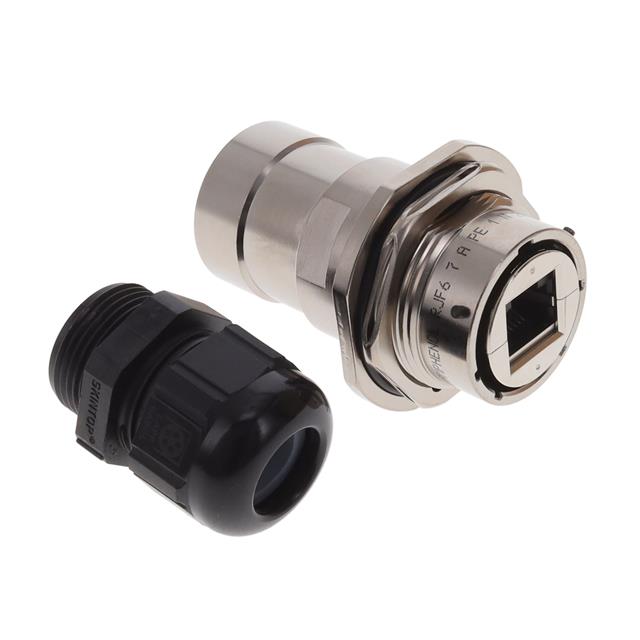
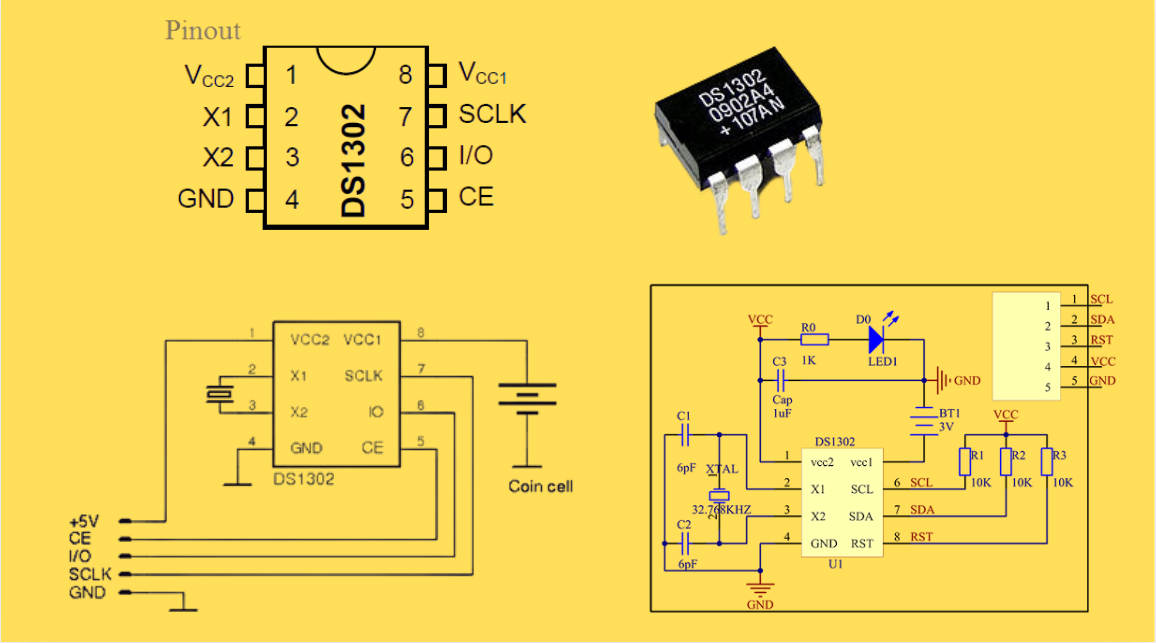

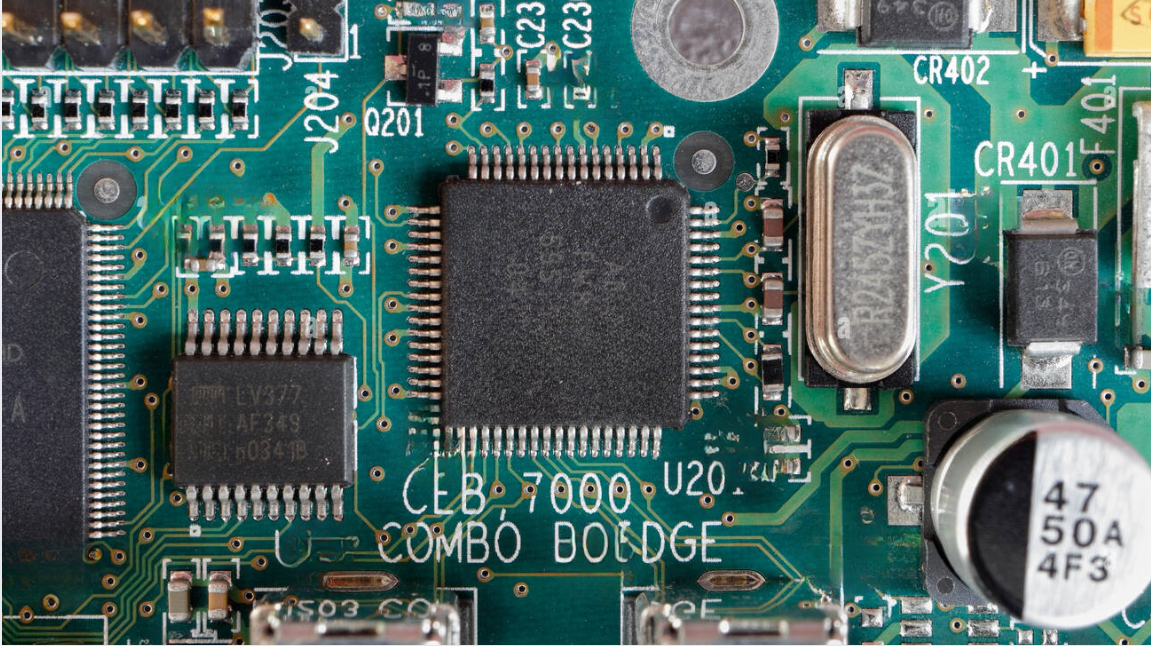
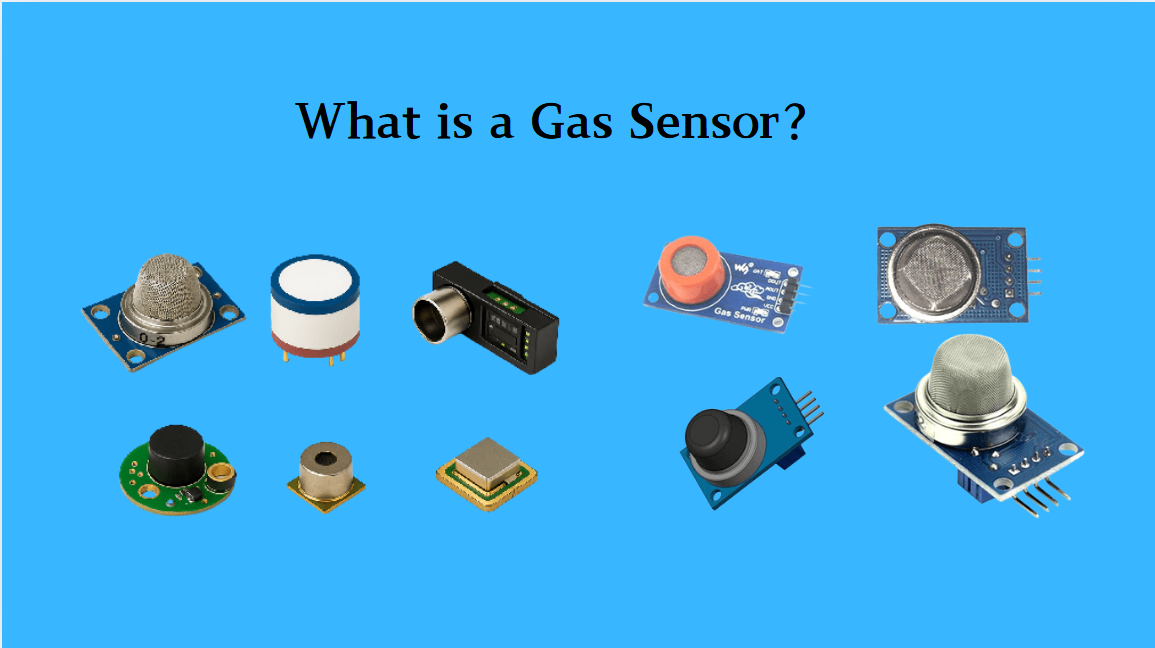



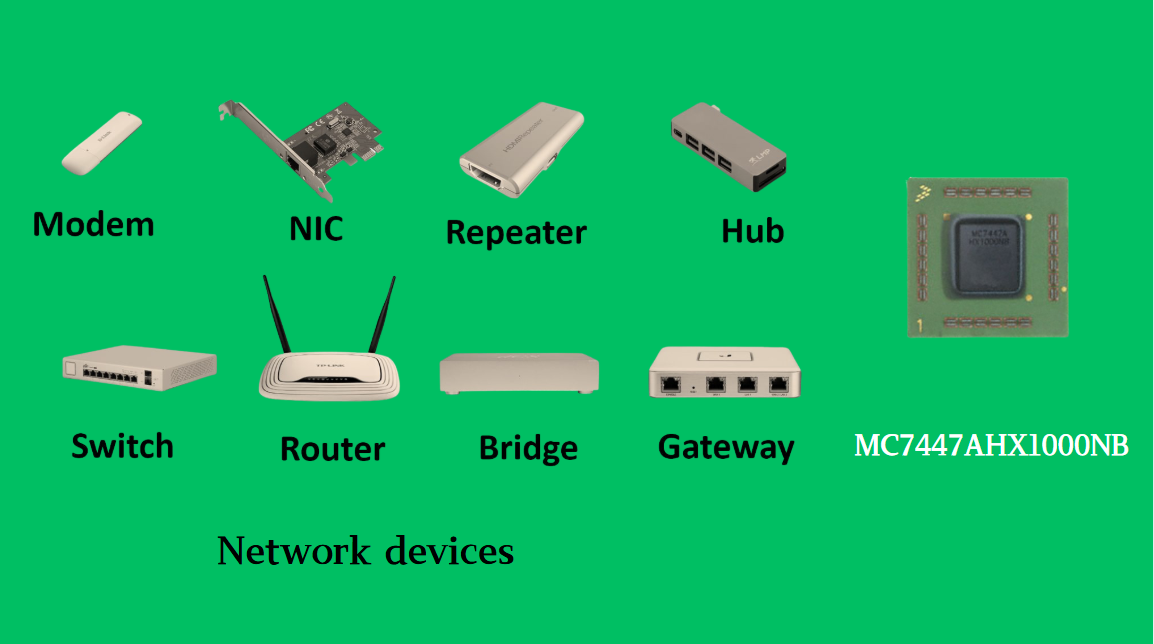

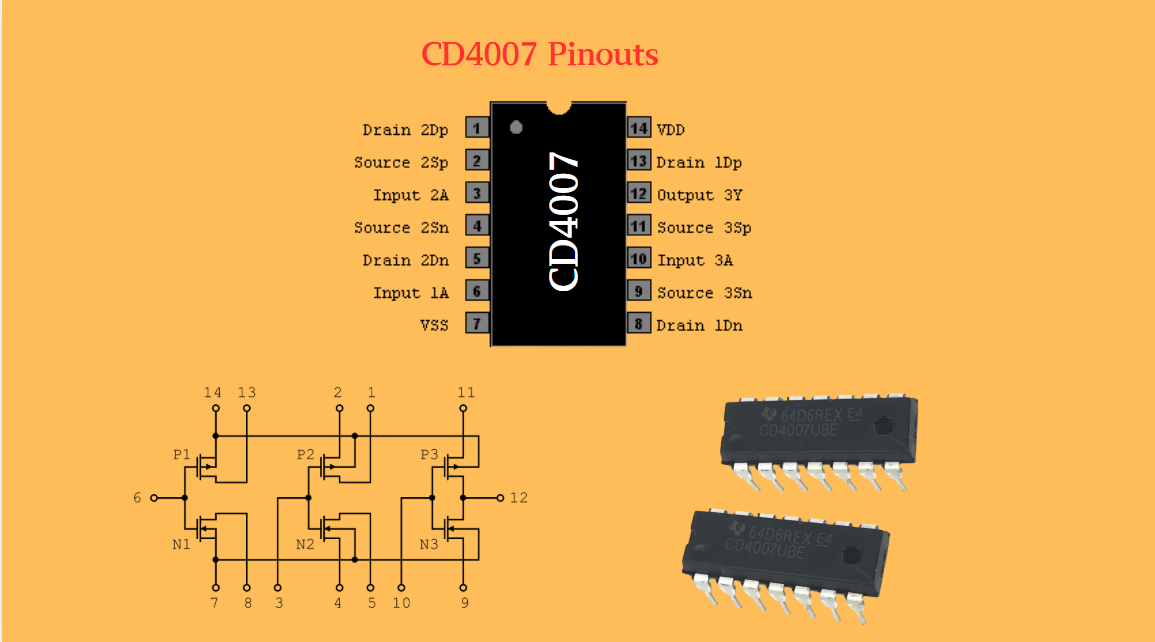
 Wishlist (0 Items)
Wishlist (0 Items)